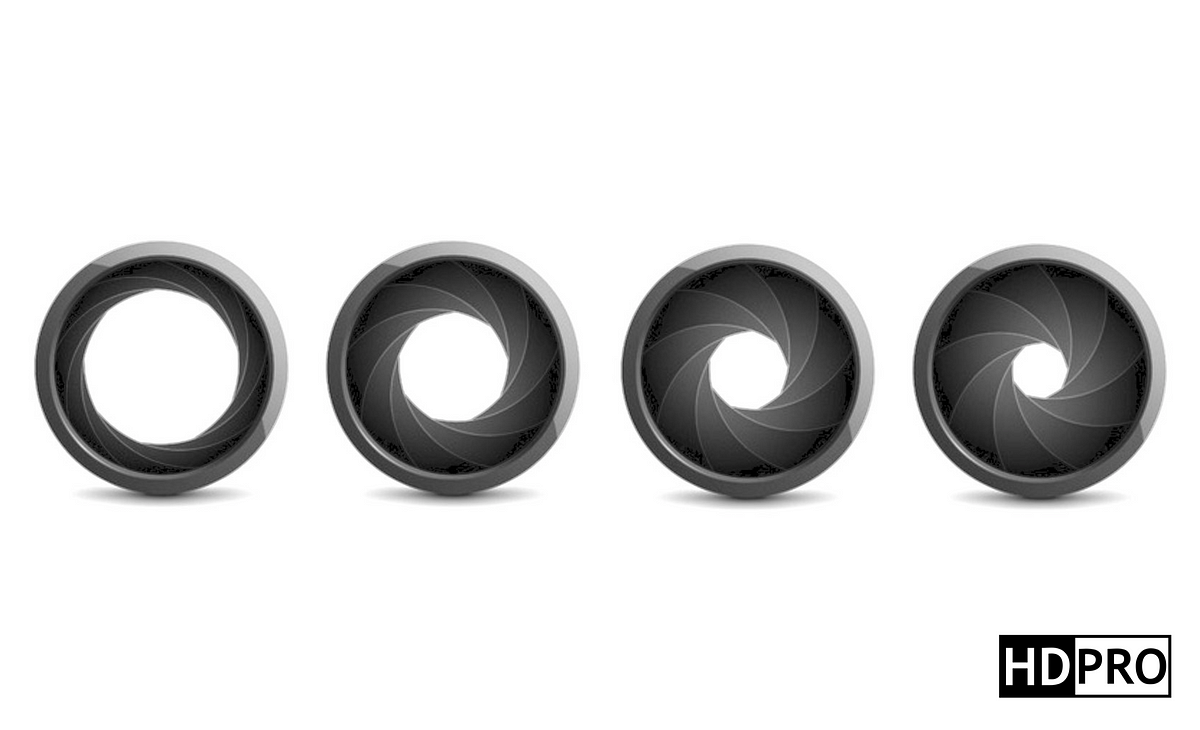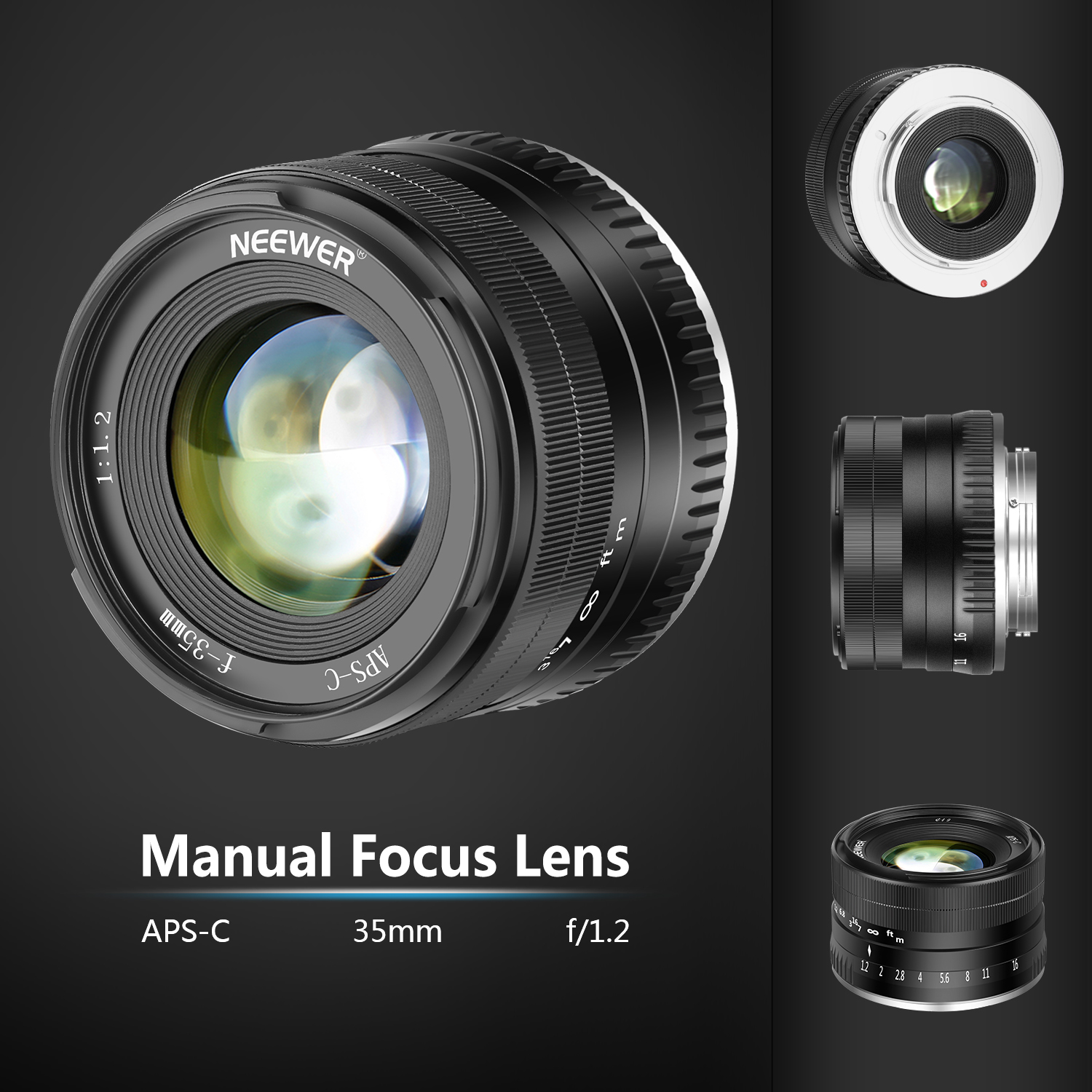


To minimize aberration, the curvature is usually set so that the angle of incidence and the angle of refraction are equal. In all modern lenses the surface is coated to reduce abrasion, flare, and surface reflectance, and to adjust color balance. The front element is critical to the performance of the whole assembly. These elements may themselves comprise a group of lenses cemented together. The additional elements allow lens designers to reduce various aberrations, but the principle of operation remains the same: pencils of rays are collected at the entrance pupil and focused down from the exit pupil onto the image plane.Ī camera lens may be made from a number of elements: from one, as in the Box Brownie's meniscus lens, to over 20 in the more complex zooms. Practical photographic lenses include more lens elements. In this simple case, the aperture, entrance pupil, and exit pupil are all in the same place because the only optical element is in the plane of the aperture, but in general these three will be in different places. The virtual image of the aperture from inside the camera is the lens's exit pupil. If one were inside the camera, one would see the lens acting as a projector. The virtual image of the aperture as seen from the world is known as the lens's entrance pupil ideally, all rays of light leaving a point on the object that enter the entrance pupil will be focused to the same point on the image sensor/film (provided the object point is in the field of view). With a simple lens, much more light can be brought into sharp focus.įrom the front of the camera, the small hole (the aperture), would be seen.

The geometry is almost the same as with a simple pinhole lens, but rather than being illuminated by single rays of light, each image point is illuminated by a focused "pencil" of light rays. This allows the pinhole to be opened up significantly (fourth image) because a thin convex lens bends light rays in proportion to their distance to the axis of the lens, with rays striking the center of the lens passing straight through. A first step is to put a simple convex lens at the pinhole with a focal length equal to the distance to the film plane (assuming the camera will take pictures of distant objects ). Practical lenses can be thought of as an answer to the question: "how can a pinhole lens be modified to admit more light and give a smaller spot size?". Beyond this limit, making the hole smaller makes the image blurrier as well as darker. At a certain point, shrinking the hole does not improve the resolution because of the diffraction limit.Making the pinhole smaller improves resolution (up to a limit), but reduces the amount of light captured.Here a pixel is the area of the detector exposed to light from a point on the object. A pinhole camera with a large aperture is blurry because each pixel is essentially the shadow of the aperture stop, so its size is no smaller than the size of the aperture (third image).Pinhole lenses have a few severe limitations: As shown, a pinhole "lens" is simply a small aperture that blocks most rays of light, ideally selecting one ray to the object for each point on the image sensor. Typical rectilinear lenses can be thought of as "improved" pinhole "lenses".

It is the job of the lens designer to balance these and produce a design that is suitable for photographic use and possibly mass production. Some aberrations will be present in any lens system. While in principle a simple convex lens will suffice, in practice a compound lens made up of a number of optical lens elements is required to correct (as much as possible) the many optical aberrations that arise. A lens might be permanently fixed to a camera, or it might be interchangeable with lenses of different focal lengths, apertures, and other properties. There is no major difference in principle between a lens used for a still camera, a video camera, a telescope, a microscope, or other apparatus, but the details of design and construction are different. Different kinds of camera lenses, including wide angle, telephoto and specialityĪ camera lens (also known as photographic lens or photographic objective) is an optical lens or assembly of lenses used in conjunction with a camera body and mechanism to make images of objects either on photographic film or on other media capable of storing an image chemically or electronically.


 0 kommentar(er)
0 kommentar(er)
